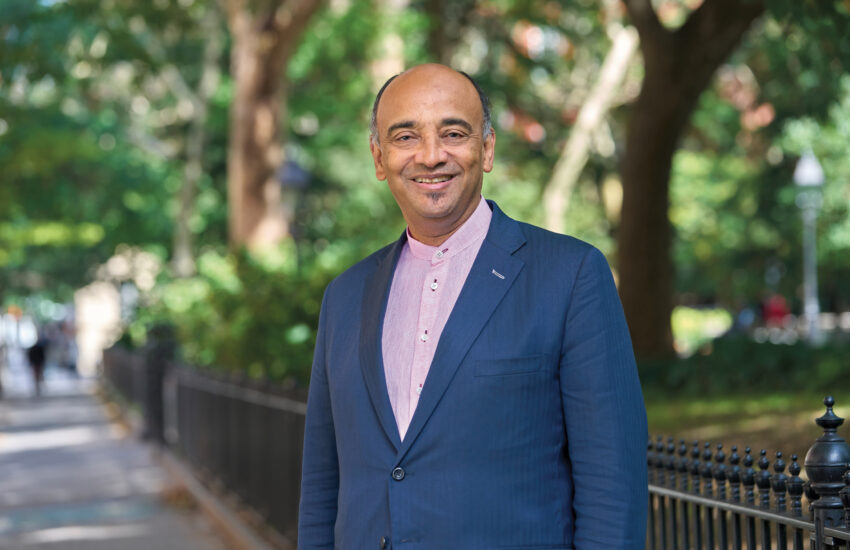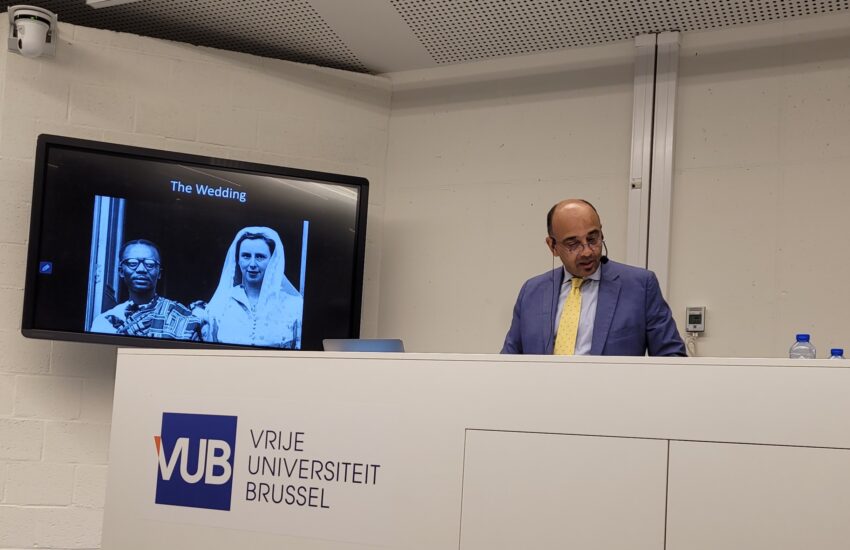An Afropean in Shoreditch : Short Essay & Photo Video
When I first moved to London, ten years ago, the first place I stayed was in a newly built, five bedroom, tenth floor, million pound penthouse in Shoreditch. ‘As it should be’, I thought at the time, having just secured my first TV presenting gig for a small satellite channel called Trouble TV. The show was produced by Monkey Kingdom productions, located just around the corner in the ‘Tea Building’, back when Shoreditch House was just a twinkle in its owners’ eyes. Little did I know then, that my standard of living quarters in London would deteriorate rapidly over the years.
The reason I could afford to stay in the penthouse was that I got to stay there for free – it was cheaper for the production company to hire an apartment and shoot the show there, than hire a studio. We only shot the show twice a week, so the rest of the time they let me have the place to myself, instead of having me commute back and forth from my home town of Sheffield to London every time we filmed.
Even back then, there was the sense that you had missed the boat in moving to an area of London that wasn’t so much ‘up and coming’ as having well and truly arrived. It was still cool, but house prices were rising at a rate of knots, and Rivington Street and the surrounding areas had been covered in Banksy stencils and filled with trendy young production companies and pop up galleries. I’m not sure what people called ‘Hipsters’ back then – perhaps, as this brilliant year 2000 Guardian article suggests, they were known as ‘Bobos’.
Fast forward to 2014 and it could be argued that Shoreditch is the new central London. If you look at the London tube map, you can see how it needs to be nudged over slightly to the left to accurately depict what is actually the REAL centre, because all the business, the dynamism, the fashion and the creativity has firmly established itself in the East, with Shoreditch as its nucleus.
Like everybody else who clocked on to East London before it became Camden, I have bemoaned the changes in Shoreditch as though the area belonged to me. Whenever you hear anybody whittle on about “these bloody hipsters” you will find that they are one of two kinds of people: A: A Hipster, or B: somebody who secretly wishes they were a Hipster. It is the same with people who overuse the word ‘gentrification’ – it is always those who are an active part of the gentrification process, and have read stories in The Guardian about poor people being pushed out of an area they themselves have just moved into, whilst eating their organic Halloumi wrap, that will harp on about how awful it is that things have changed.
The truth is, Shoreditch is still a creative place full of diversity, and though buzz areas keep popping up (Where is it now? Dalston? No that’s gone, and Peckham is passé. Perhaps Clapton? Somewhere off my radar, probably) I thought it would be interesting to look at some of the black culture in Shoreditch and the surroundings areas that thrive. After all, lots of black families still own houses there, having purchased them when it was the only place they could afford. Perhaps these families, from Ridley Road or Hackney DO get peeved at the white middle classes and the overpriced organic wholefood stores and Yoga studios (spirituality is so expensive these days). But on the flip side, perhaps it is also a chance at upward social mobility, and the kind of cultural dialogue London has become famous for, allowing different people from different classes and backgrounds to share and grow together.
https://vimeo.com/88098803


